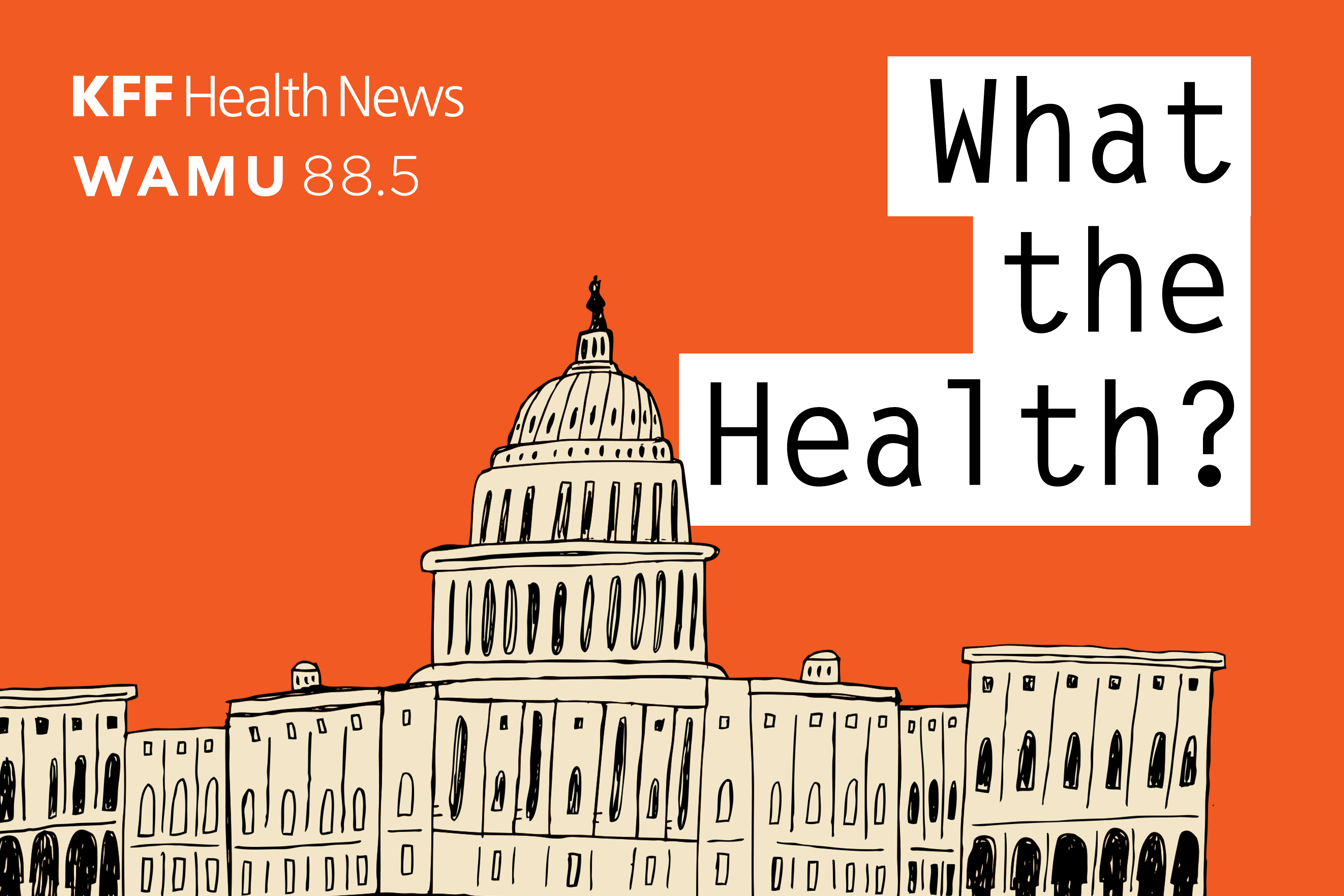Navigating the challenge of maintaining a healthy diet while dining out can often strain the wallet. This article demystifies the process of eating healthy on a budget with actionable tips straight from culinary and nutritional experts. Discover how to indulge in restaurant meals without sacrificing health or breaking the bank.
- Choose Customizable Dishes
- Opt for Plant-Based Small Plates
- Find Build-Your-Own Meal Options
- Skip Drinks, Sides, and Extras
- Plan and Choose Wisely from Menu
Choose Customizable Dishes
When eating out on a limited budget, I make healthy eating more affordable by focusing on choosing dishes that are customizable. For example, I often opt for salads or bowls where I can swap out ingredients to make them healthier—like asking for extra veggies or requesting dressing on the side. One strategy I recommend is to look for restaurants that offer build-your-own options because they give you control over the ingredients and portion sizes. I also avoid pricey add-ons like fried items or creamy sauces and instead focus on lean proteins and fresh produce. This approach allows me to stay within my budget while still eating healthy. My advice is to plan ahead by checking menus online before you go out, so you can make an informed, cost-effective decision while dining.
 Nikita Sherbina
Nikita Sherbina
Co-Founder & CEO, AIScreen
Opt for Plant-Based Small Plates
One strategy I’d recommend is zeroing in on plant-based small plates or sides and pairing them smartly. Look for things like roasted veggies, lentil soups, or grain bowls—items that pack fiber, vitamins, and staying power without the hefty price tag of a full entree. For example, grab a side of grilled zucchini (loaded with antioxidants) and a small portion of quinoa or chickpeas (protein and slow-burning carbs) instead of splurging on a $20 salmon dish. Add a drizzle of extra virgin olive oil if they’ve got it—free polyphenols for the win. It’s cheaper because portions are smaller, but you’re still building a balanced plate. Skip the soda or fancy juice—water’s free and keeps you sharp.
This works because it leans on affordable staples restaurants often have, sidesteps meat-heavy markups, and lets you control costs while still eating clean. You might spend $8-$12 instead of $20+, and you’re not stuck with greasy fast food.
 Marc Bromhall
Marc Bromhall
Founder, Dentist Hub
Find Build-Your-Own Meal Options
I always tell people that eating healthy on a budget when dining out is about knowing where to get the most value. One trick I use is checking out restaurants that offer build-your-own meal options. Places like Mediterranean spots or poke bowl joints let you pick a protein, a base, and toppings, so you control what goes in without paying for extras you don’t need. I usually go for a protein-heavy option like grilled chicken or tofu, skip the pricey trendy add-ons, and load up on veggies. That way, I get a well-balanced meal that actually fills me up for around $10 to $12, which is cheaper than many pre-set menu items.
Another thing I’ve noticed is that lunch portions are usually a better deal than dinner. Some restaurants serve the exact same meal for 30% less if you go earlier in the day. If I’m at a spot with big portions, I’ll either split with someone or save half for later, which stretches one meal into two. Drinks are another sneaky cost, so I always go with water, which can save an easy $3 to $5 per meal. Over a month, that’s at least $50 saved—enough to cover a few extra meals without going over budget.
 Samantha Odo
Samantha Odo
Real Estate Sales Representative & Montreal Division Manager, Precondo
Skip Drinks, Sides, and Extras
Restaurants make the most money on drinks, sides, and extras, so skipping those can cut a bill by 30% without touching the main meal. Water is free, and most places offer it automatically if you ask. If the menu has a protein-heavy dish with rice or fries, swapping the carbs for an extra serving of vegetables or beans usually costs nothing. That small change makes the meal healthier without spending more.
Buffets with a pay-by-weight option are another solid strategy. Places like Whole Foods hot bars charge based on weight, so loading up on greens and lean proteins costs less than piling on pasta or fried foods. A plate that’s 70% vegetables and protein will be filling but usually weighs 20% less than one stacked with heavier options. If eating with someone else, grabbing one entrée and a few side dishes to split can make a full meal for under $15.
 Chris Bajda
Chris Bajda
E-Commerce Entrepreneur & Managing Partner, GroomsDay
Plan and Choose Wisely from Menu
To make healthy eating more affordable when dining out on a budget, a strategy is to plan and choose wisely from the menu.
Many restaurants provide online menus with nutritional information, allowing you to review options before arriving.
Look for meals that are grilled, baked, or steamed rather than fried, and opt for high-protein, high-fiber dishes that keep you fuller for longer—such as lean meats, fish, beans, tofu, whole grains, and vegetables. These nutrient-dense choices help prevent unnecessary spending on extra sides or snacks.
Another cost-effective approach is to customize your meal where possible.
Many restaurants allow substitutions, so swapping high-calorie sides like fries for vegetables or salad can offer better nutrition at little or no extra cost.
Avoiding expensive add-ons like creamy sauces, cheese, or fried toppings also keeps both costs and calories in check.
Additionally, choosing water over soda or alcohol, skipping appetizers and desserts, or even sharing a dish can significantly reduce your overall bill.
If portion sizes are large, consider saving half for later, effectively turning one meal into two. By being mindful of your choices, you can enjoy nutritious dining without overspending.
 Gareth Luke
Gareth Luke
Founder, CMS Fitness Courses











